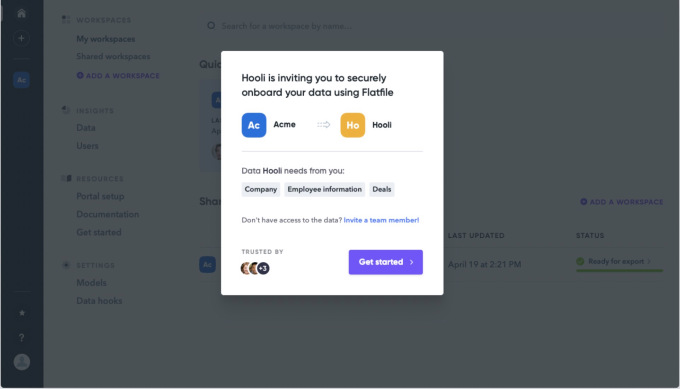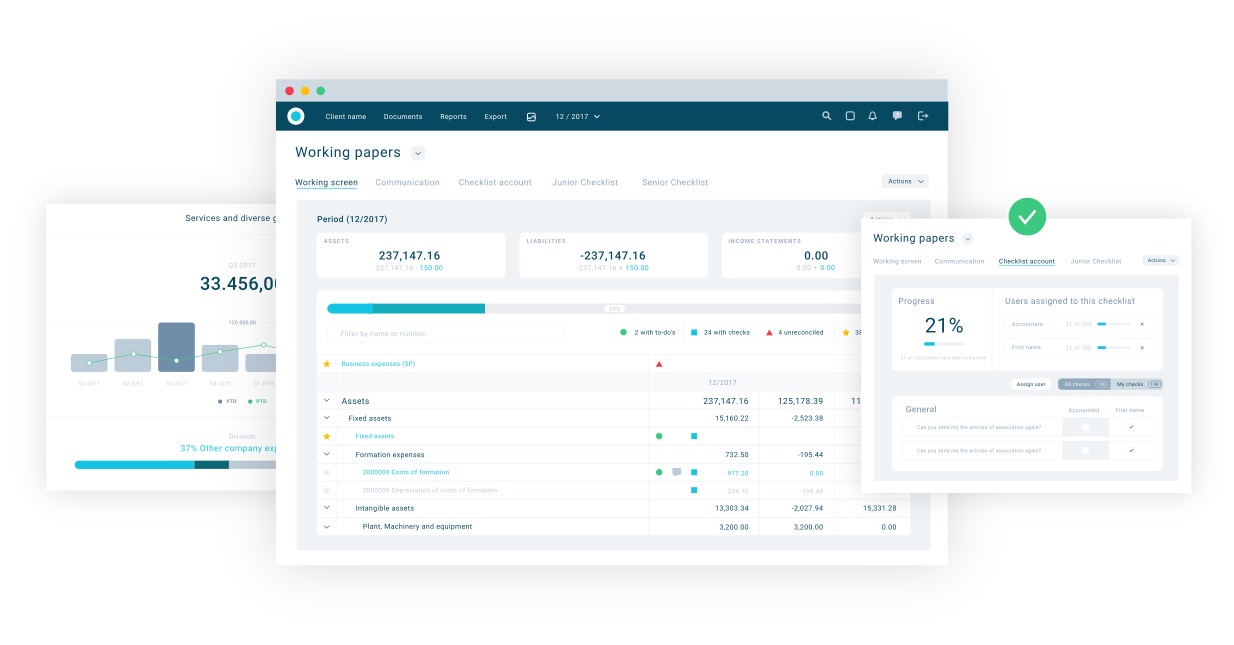Hear from Figma founder and CEO Dylan Field at TC Early Stage in July
Figma is one of the fastest-growing companies in the world of design and in the broader SaaS category. So it goes without saying that we’re absolutely thrilled to have Figma CEO Dylan Field join us at Early Stage, our virtual two-day conference on July 21 and 22, as a speaker. You can pick up a ticket to the event here!
Early Stage is all about giving entrepreneurs the tools they need to be successful. Experts across a wide variety of core competencies, including fundraising, growth marketing, media management, recruiting, legal and tech development will offer their insights and answer questions from the audience.
Field joins an outstanding speaker list that includes Lo Toney, Ann Muira Ko, Dalton Caldwell, Charles Hudson, Cyan Banister and more.
Field founded Figma in 2012 after becoming a Theil fellow. The company spent four years in development before launching, working tediously on the technology and design of a product that aimed to be the Google Docs of design.
Figma is a web-based design product that allows people to design collaboratively on the same project in real time.
The design space is, in many respects, up for grabs as it goes through a transformation, with designers receiving more influence within organizations and other departments growing more closely involved with the design process overall.
This also means that there is fierce competition in this industry, with behemoths like Adobe iterating their products and growing startups like InVision and Canva sprinting hard to capture as much market as possible.
Figma, with $130 million+ in total funding, has lured investors like Index, A16Z, Sequoia, Greylock, and KPCB.
At Early Stage, we’ll talk to Field about staying patient during the product development process and then transitioning into an insane growth sprint. We’ll also chat about the fundraising process, how he built a team from scratch, and how he took the team remote in the midst of a pandemic, as well as chatting about the product development strategy behind Figma.
How to take your time as fast as you can
Figma spent four years in stealth before ever launching a product. But when it finally did come to market, its industry was in the midst of a paradigm shift. Entire organizations started participating in the design process, and conversely, designers became empowered, asserting more influence over the direction of the company and the products they built. We’ll hear from Figma founder and CEO Dylan Field on how he stayed patient with product development and sprinted towards growth.
Get your pass to Early Stage for access to over to 50 small-group workshops along with world-class networking with CrunchMatch. They start at just $199 but prices increase in a few days so grab yours today.
( function() {
var func = function() {
var iframe = document.getElementById(‘wpcom-iframe-a6616518ac28e032cbc62a9e2178943e’)
if ( iframe ) {
iframe.onload = function() {
iframe.contentWindow.postMessage( {
‘msg_type’: ‘poll_size’,
‘frame_id’: ‘wpcom-iframe-a6616518ac28e032cbc62a9e2178943e’
}, “https://tcprotectedembed.com” );
}
}
// Autosize iframe
var funcSizeResponse = function( e ) {
var origin = document.createElement( ‘a’ );
origin.href = e.origin;
// Verify message origin
if ( ‘tcprotectedembed.com’ !== origin.host )
return;
// Verify message is in a format we expect
if ( ‘object’ !== typeof e.data || undefined === e.data.msg_type )
return;
switch ( e.data.msg_type ) {
case ‘poll_size:response’:
var iframe = document.getElementById( e.data._request.frame_id );
if ( iframe && ” === iframe.width )
iframe.width = ‘100%’;
if ( iframe && ” === iframe.height )
iframe.height = parseInt( e.data.height );
return;
default:
return;
}
}
if ( ‘function’ === typeof window.addEventListener ) {
window.addEventListener( ‘message’, funcSizeResponse, false );
} else if ( ‘function’ === typeof window.attachEvent ) {
window.attachEvent( ‘onmessage’, funcSizeResponse );
}
}
if (document.readyState === ‘complete’) { func.apply(); /* compat for infinite scroll */ }
else if ( document.addEventListener ) { document.addEventListener( ‘DOMContentLoaded’, func, false ); }
else if ( document.attachEvent ) { document.attachEvent( ‘onreadystatechange’, func ); }
} )();
![]()






